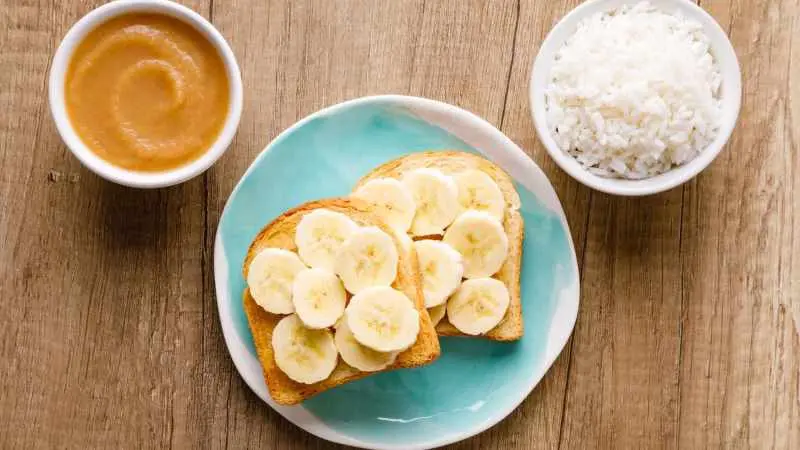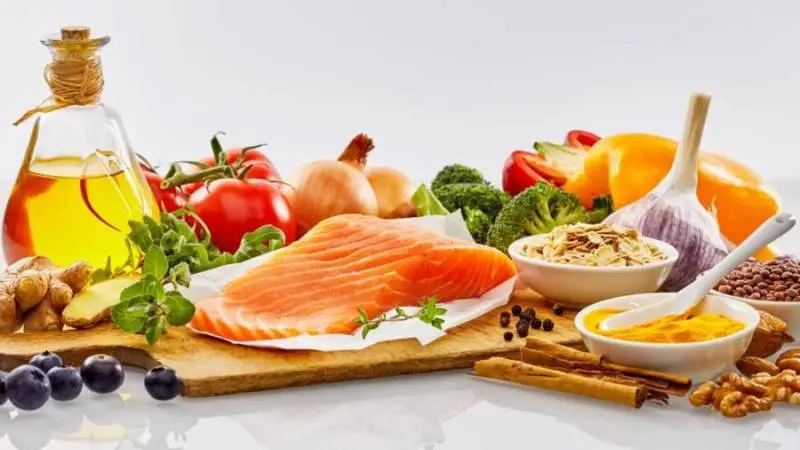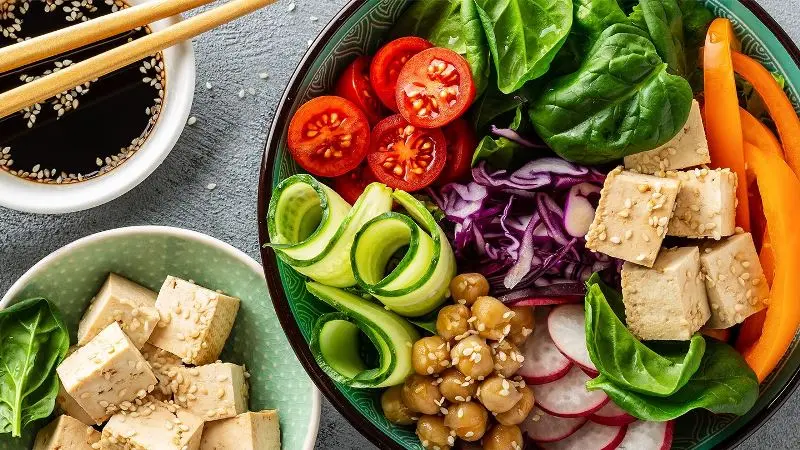
Diet plays a crucial role in managing high cholesterol levels, particularly reducing low-density lipoprotein (LDL) cholesterol, often referred to as “bad” cholesterol.
An unhealthy diet high in saturated fats, trans fats, and cholesterol can contribute to elevated LDL cholesterol levels and increase the risk of cardiovascular disease. Conversely, adopting a high cholesterol diet focused on heart-healthy foods can help lower LDL cholesterol and promote overall cardiovascular health.
This article provides a comprehensive guide to designing a high cholesterol diet that supports cholesterol management and reduces the risk of heart disease.
1. Understanding Cholesterol and Diet
Cholesterol is a fatty substance found in the blood and is produced by the liver. It is also obtained from certain foods. While cholesterol is necessary for the body’s functioning, excessive intake of cholesterol-rich foods can lead to elevated LDL cholesterol levels, which can contribute to the formation of plaque in the arteries.
Designing a high cholesterol diet involves making conscious choices about the types of fats consumed, increasing intake of heart-healthy foods, and minimizing cholesterol-rich foods.
2. Heart-Healthy Fats
Not all fats are created equal. Some fats can raise LDL cholesterol levels, while others can help lower them. Focus on incorporating the following heart-healthy fats into your diet:
- Monounsaturated Fats: Found in olive oil, avocados, nuts (such as almonds, walnuts, and pistachios), and seeds, monounsaturated fats help reduce LDL cholesterol levels while maintaining or increasing high-density lipoprotein (HDL) cholesterol levels.
- Polyunsaturated Fats: Found in fatty fish (such as salmon, mackerel, and sardines), flaxseeds, chia seeds, and walnuts, polyunsaturated fats contain omega-3 fatty acids that help lower LDL cholesterol levels and reduce inflammation.
- Plant Sterols and Stanols: These naturally occurring compounds are found in plant-based foods and can help lower LDL cholesterol levels. Sources include fortified margarines, some orange juices, and certain plant-based spreads.
3. Cholesterol-Lowering Foods
In addition to heart-healthy fats, there are several cholesterol-lowering foods that should be included in a high cholesterol diet:
- Fiber-Rich Foods: Soluble fiber can help lower LDL cholesterol levels. Incorporate fruits (such as apples, berries, and citrus fruits), vegetables (particularly leafy greens and cruciferous vegetables), whole grains (like oats, barley, and quinoa), and legumes (such as lentils, chickpeas, and beans) into your meals.
- Fatty Fish: Fatty fish are rich in omega-3 fatty acids, which have been shown to lower LDL cholesterol levels. Aim to include fish like salmon, mackerel, and sardines in your diet at least twice a week.
- Nuts and Seeds: Almonds, walnuts, flaxseeds, chia seeds, and hemp seeds are all excellent sources of healthy fats, fiber, and other nutrients that can help lower LDL cholesterol levels.
- Soy Products: Foods like tofu, tempeh, edamame, and soy milk contain plant compounds called isoflavones that may help lower LDL cholesterol levels.
- Oats and Barley: These whole grains are rich in soluble fiber, specifically beta-glucan, which can help reduce LDL cholesterol levels. Enjoy oatmeal, oat bran, and barley as part of your breakfast or as ingredients in other dishes.
- Green Tea: Drinking green tea regularly has been associated with lower LDL cholesterol levels. Choose unsweetened varieties for maximum benefits.
4. Foods to Limit or Avoid
To effectively manage high cholesterol levels, it is important to limit or avoid certain foods:
- Saturated Fats: Reduce your intake of saturated fats found in fatty cuts of meat, full-fat dairy products, butter, lard, and coconut oil.
- Trans Fats: Avoid trans fats altogether, as they not only raise LDL cholesterol but also lower HDL cholesterol. Limit consumption of processed and fried foods, commercially baked goods, and margarines containing partially hydrogenated oils.
- Cholesterol-Rich Foods: While dietary cholesterol does not have as significant an impact on blood cholesterol levels as saturated and trans fats, it’s still advisable to limit cholesterol-rich foods such as organ meats, shellfish, egg yolks, and full-fat dairy products.
- Added Sugars and Refined Carbohydrates: Excessive consumption of added sugars and refined carbohydrates can contribute to weight gain and increase triglyceride levels, which can negatively affect cholesterol levels. Minimize intake of sugary beverages, sweets, processed snacks, and refined grains.
5. Other Dietary Considerations
In addition to specific food choices, the overall composition and habits related to a high cholesterol diet are important:
- Moderate Calorie Intake: Maintaining a healthy weight through portion control and balanced calorie intake is essential for managing cholesterol levels.
- Hydration: Drink an adequate amount of water daily to promote overall health and support bodily functions.
- Meal Preparation and Cooking Methods: Opt for healthy cooking methods such as grilling, baking, steaming, or stir-frying with minimal oil to minimize unhealthy fat intake.
- Mindful Eating: Practice mindful eating by being aware of portion sizes, eating slowly, and savoring the flavors and textures of your food. This can help prevent overeating and promote healthier eating habits.
Conclusion
A high cholesterol diet aims to lower LDL cholesterol levels and reduce the risk of cardiovascular disease by incorporating heart-healthy fats, cholesterol-lowering foods, and fiber-rich choices.
It involves choosing foods rich in monounsaturated and polyunsaturated fats, fiber, and plant sterols/stanols while minimizing saturated fats, trans fats, and cholesterol-rich foods.
By adopting a well-balanced and nutritious diet, combined with regular physical activity and other healthy lifestyle choices, you can effectively manage your cholesterol levels and promote optimal heart health.
Consult with a healthcare professional or registered dietitian for personalized dietary recommendations based on your specific health needs.









